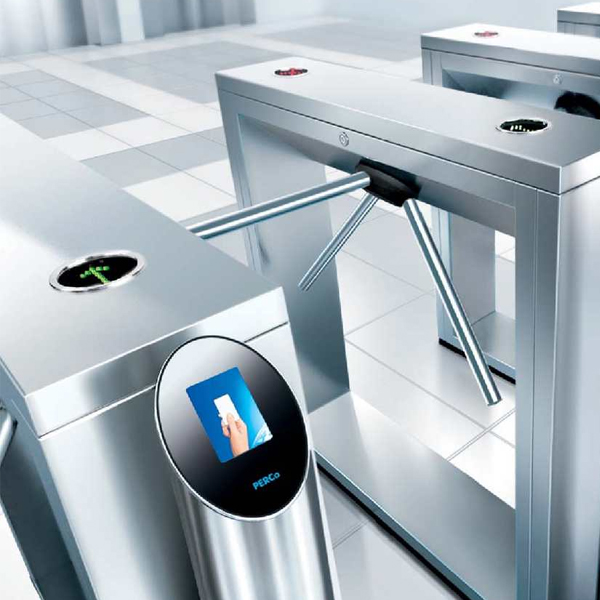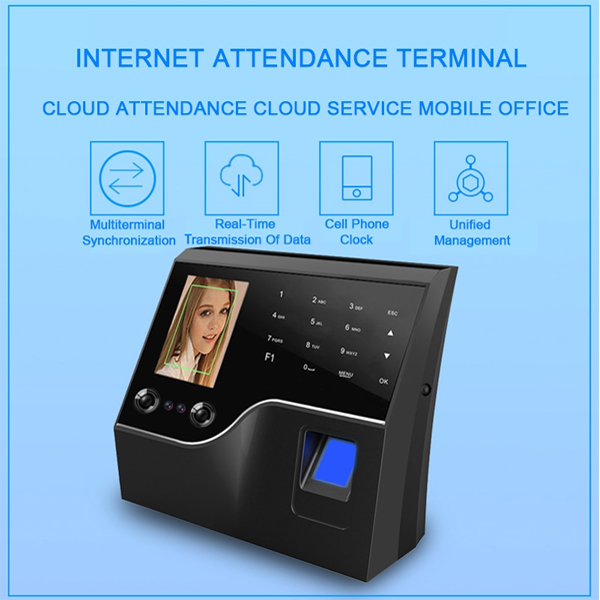Description
Turnstile Gates & Motorized Optical
A turnstile gates used in fairs, attractions, and arenas. The user inserts a ticket or pass into the slot, from which a barcode is read; if access is to be granted, a sensor determines the speed with which the user passes through, and sets the electric motor to turn the turnstile at the corresponding speed.
Waist-high Turnstile
Waist-high turnstiles are often used in fairs, attractions, and arenas. The user inserts a ticket or pass into the slot, from which a barcode is read; if access is to be granted, a sensor determines the speed with which the user passes through, and sets the electric motor to turn the turnstile at the corresponding speed. Sometimes also referred to as “half-height” turnstiles, this fixed arm style has traditionally been the most popular type of turnstile. There are many variations of this style available, including one which is designed to be accompanied by a matching ticket box, and one with a ticket box built in. Some styles are designed to allow entry only after a payment (actual coins and tokens) are inserted,[4] while others allow access after a valid barcode is electronically read. A disadvantage to this type is people can “jump the turnstile” as happens commonly[citation needed] on the Moscow Metro and other mass transport systems in Russia.
Wall mount tripod turnstile
The wall mount tripod turnstiles are suitable for places where installation on ground becomes impossible. The turnstile is directly fixed to the wall and all functions are achieved. Such turnstiles are usually used in narrow lanes and where installation wall is very easy [5] .
Optical Turnstile
Optical turnstiles are an alternative to the traditional “arm”-style turnstile and are increasingly used in locations where a physical barrier is deemed unnecessary or unaesthetic. Optical turnstiles generally use an infrared beam to count patrons and recognize anyone attempting to enter a site without a valid entry pass.
Drop arm optical
Optical drop arm turnstile
The drop arm optical turnstile is a combination of the security of a tripod or barrier turnstile and a fully optical turnstile. The lanes can have either single or double arms. When access is granted the arms drop into recesses in the cabinet. Once the arms drop out of the way, the turnstile functions as a fully optical turnstile.
Full-height turnstiles
The full-height turnstile is a larger version of the waist-high turnstile, commonly 7-foot (2.1 m) high, similar in operation to a revolving door. The full-height turnstile eliminates the possibility (inherent in the waist-high style) of someone jumping over the turnstile because of its extended height. The full height turnstile design also eliminates the possibility of someone crawling under the turnstile due to its floor-to-ceiling[6] arm design, making it a great choice for high security applications to control against unauthorized entry or egress. This type of turnstile functions differently than a revolving door in that it often does not allow someone to come in as someone else goes out. Beyond this, full-height turnstiles often allow access to one person at a time by locking after a single person makes entry. It is also pejoratively known as an “iron maiden”, after the torture device of the same name, or “high-wheel”.[7] It is sometimes called a “Rotogate”, especially in Chicago, where it is used at unstaffed exits of Chicago ‘L’ stations, and is also used increasingly in New York City Subway stations since the turn of the 21st century.[8] In Europe, however, “Rotogate” refers to a different kind of gate that is not a turnstile.
full height turnstile integrated into a fence line at building entrance
Full height turnstile with a gray powder coat finish integrated into a fence line.
There are two types of full height turnstiles, High Entrance/Exit Turnstile (HEET) and Exit-Only[citation needed]. The difference between them is that HEET turnstiles can rotate in both directions thus allowing two-way traffic, while exit-only turnstiles can only rotate in one direction thus allowing one-way traffic. Exit-only turnstiles are commonly used in mass transit stations to allow passengers to exit the system without interfering with those entering. Exit-only models are also used at enclosed areas such as theme parks, zoos, or amusement parks, to allow visitors to leave, while denying admission to those who have not paid. Additionally there are single, and double or tandem turnstiles that contain two rotors side by side in the same frame. This allows more throughput in a limited space, as tandems frequently are more narrow than two single turnstiles placed side by side.




